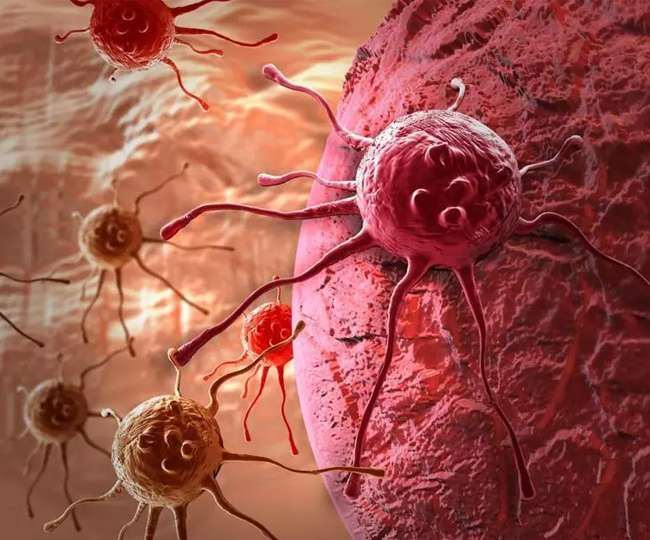Washington, ANI. Researchers all over the planet are attempting to track down new and better ways of treating cancers. Another beam of trust has showed up toward this path. Analysts from the University of Michigan have fostered a unique sound innovation. They involved it on rodents and separated cancers in their livers. Interestingly, they tracked down that utilizing this method annihilated malignant growth cells, yet in addition fortified the resistant framework to stop their spread. As per the analysts, this examination can go on and it can likewise prompt the therapy of disease in people.
It showed impact
The analysts observed that obliterating simply 50 to 75 percent of how much liver growths, the mice's resistant frameworks had the option to fall to pieces the rest of. There was no proof of cancer repeat in excess of 80% of the creatures.
No need to destroy the entire tumor
According to Zhen Xu, a professor of biomedical engineering at the University of Michigan and corresponding author of the study of cancer, even if we do not destroy the entire tumor, we can reduce the risk of its return and its transformation. The consequences of our concentrate additionally showed that the treatment with this method animated the invulnerable reactions of the mice. This might have been the justification for why it wiped out the piece of the growth that was not obliterated by this strategy and furthermore forestalled the further spread of the disease.
Utilized as a preliminary
A treatment called histotripsy harmlessly centers ultrasound waves to precisely annihilate target tissue with millimeter accuracy. The generally new innovation is right now being utilized as a preliminary in the US and Europe for the therapy of human liver disease.
At present the tumor is not completely destroyed under many clinical circumstances. There are many reasons for this. such as its large size, its position or stage. To investigate the effects of partially destroying tumors with sound, this latest study targeted only a portion of each mass and discarded the remainder. This gave the team of researchers an opportunity to learn more about what affects the rest of the tumor after partial destruction.
Assumptions from this Study
As indicated by Tejashwi Varlikar, a doctoral understudy in biomedical designing, histotripsy is a promising elective that can beat the impediments of at present accessible removal modalities and separate liver cancers. We trust that what we have accomplished from this study will motivate future preclinical and clinical histotripsy examinations, to move towards a definitive objective of clinical reception of histotripsy therapy for patients with liver disease.
What is the situation with liver malignant growth
Liver malignant growth is one of the best 10 reasons for disease passings on the planet as well as in America. Regardless of the numerous treatment choices, under 18% of patients in the US endure under five years. After beginning treatment, there is a gamble of the cancer shaping or evolving. Tackling this issue with this new technology is conceivable.






